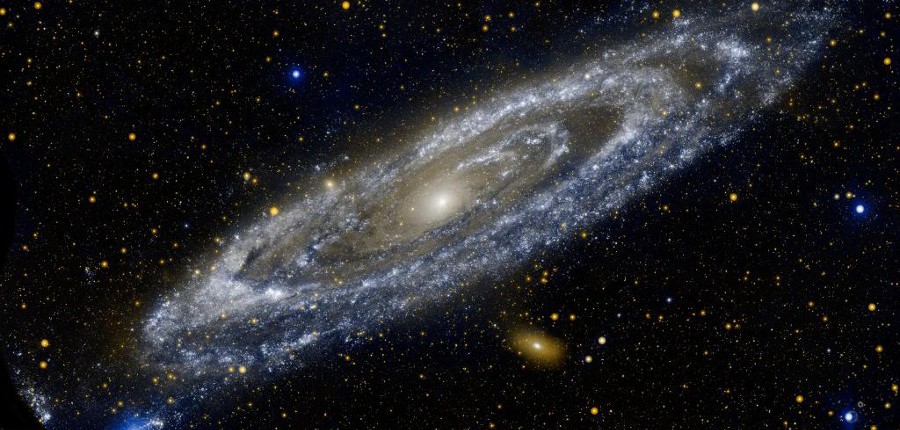One of the great unforced errors of late 20th century theoretical physics was to declare the speed of light in a vacuum, a universal constant. This was done despite the fact that, according to General Relativity, the speed of light varies with position in a gravitational field. This variation in light speed has been observed.
The idea that the speed of light varies with position in a gravitational field is not new. It comes on good authority:
…according to the general theory of relativity, the law of the constancy of the velocity of light in vacuo, which constitutes one of the two fundamental assumptions in the special theory of relativity and to which we have already frequently referred, cannot claim any unlimited validity. A curvature of rays of light can only take place when the velocity of propagation of light varies with position. Now we might think that as a consequence of this, the special theory of relativity and with it the whole theory of relativity would be laid in the dust. But in reality this is not the case. We can only conclude that the special theory of relativity cannot claim an unlimited domain of validity: its results hold only so long as we are able to disregard the influences of gravitational fields on the phenomena (e.g. of light).
Albert Einstein, Relativity The Special And The General Theory, 15th edition
The claim of those who wish to maintain the universal constancy of light speed (c) is that it is justified by the Equivalence Principle. The rather lengthy linked discussion goes into some detail but no mention is made of the constancy of c being consequent on the EP. None of the tests of the principle cited in the article involve measuring the value of c directly.
Einstein invoked the EP in the derivation of General Relativity to provide an interpretation of the observed fact that inertial mass and gravitational mass are equivalent. Given the above quote, he obviously did not find justification therein for asserting the universal constancy of c.
The only reasonable conclusion is that the EP does not justify the claim of a universally constant light speed. The claim appears to be only a lazy mathematicist assumption of mathematical convenience. Theoretical physics is a remarkably irrational, unscientific mess because of this sort of nonsense.
